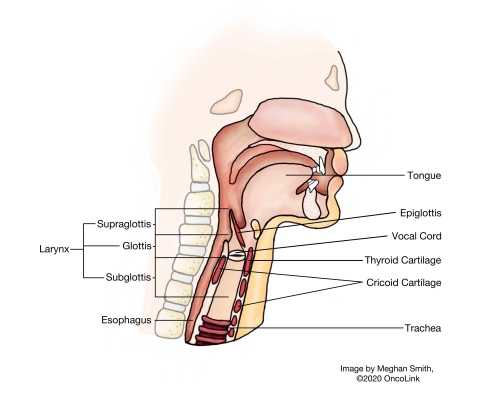Laryngeal Cancer Treatment
Laryngeal cancer, also known as cancer of the larynx or laryngeal carcinoma, are mostly squamous cell carcinomas, reflecting their origin from the skin of the larynx.
Cancer can develop in any part of the larynx, but the cure rate is affected by the location of the tumour. For the purposes of tumour staging, the larynx is divided into three anatomical regions: the glottis (true vocal cords, anterior and posterior commissures); the supraglottis (epiglottis, arytenoids and aryepiglottic folds, and false cords); and the subglottis.
Most laryngeal cancers originate in the glottis. Supraglottic cancers are less common, and subglottic tumours are least frequent.
Laryngeal cancer may spread by direct extension to adjacent structures, by metastasis to regional cervical lymph nodes, or more distantly, through the blood stream. Distant metastases to the lung are most common.

Laryngeal cancer treatment depends on the location, type, and stage of the tumour. Treatment may involve surgery, radiotherapy, or chemotherapy, alone or in combination. This is a specialised area which requires the coordinated expertise of ear, nose and throat (ENT) surgeons (Otorhinolaryngologists) and Oncologists. A severely affected patient may require a laryngectomy, the complete or partial removal of the vocal cords.